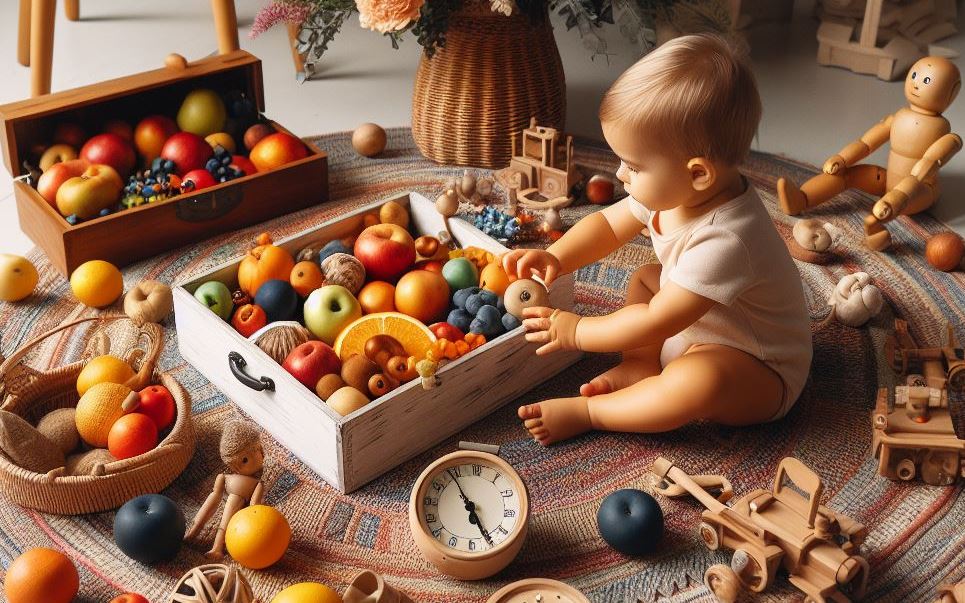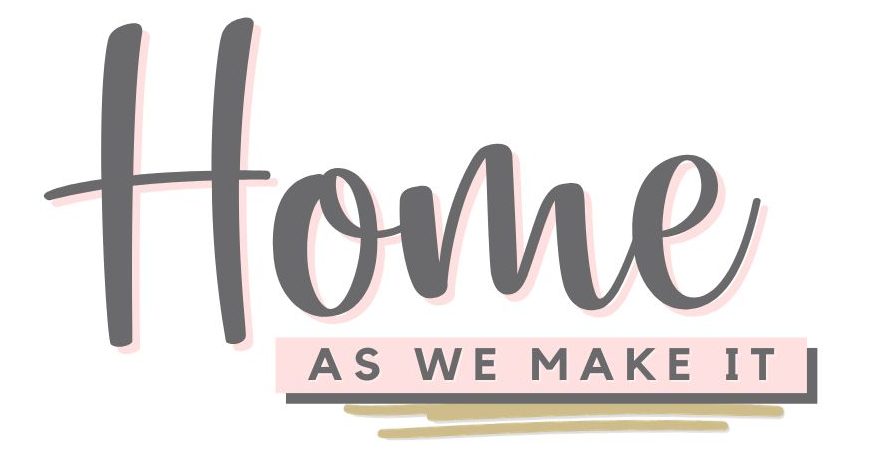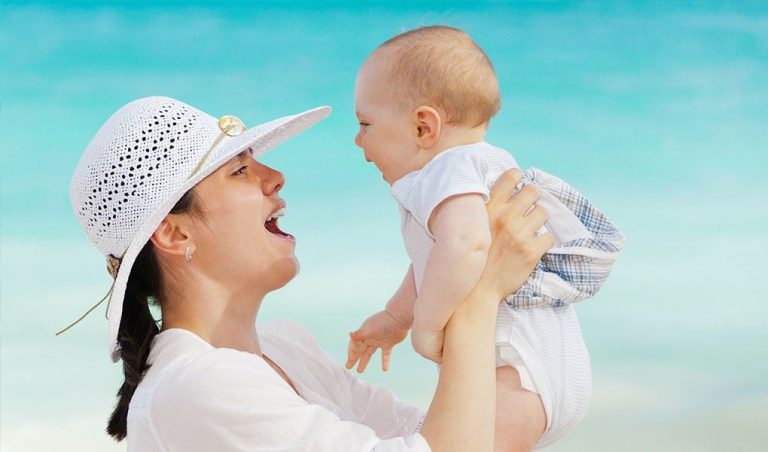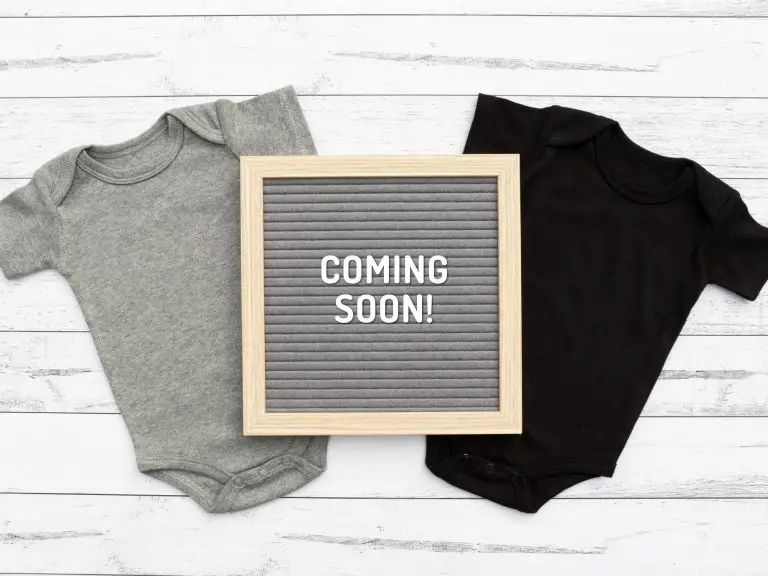Toddler Doesn’t Point But Reaches (Explained)
You’re all in, trying to get your toddler to point at things but your little one has a different game plan – reaching out to grab the object themselves!
At first it’s cute, but after a while you might wonder why they don’t point.
Note: This post may contain affiliate links, which means if you buy from my link I might make a small commission. This does not affect the price you pay. See the full affiliate disclosure here.
Turns out, this is completely normal. They learn to reach first before pointing.
In this post I’ll go over the reasons why your toddler doesn’t point but reaches. I’ll also talk about when you should worry.
Plus, I’ll give you some tips to encourage your toddler to point!
Is It Normal If My Toddler Doesn’t Point But Reaches?
Yes, it is completely normal if your toddler reaches for objects rather than pointing at them.
Also Read: Baby Stopped Cooing And Babbling
Babies usually start pointing somewhere around 12 – 18 months. But some will start as early as 8 months or take until almost 2 years old to point at things.
Reaching and grabbing tends to show up before pointing anyway.

So lots of toddlers will snatch a toy rather than point at it from across the room.
As long as they seem interested in playing with different stuff, I wouldn’t stress about them not pointing yet.
Speech or developmental delays sometimes delay pointing. But if hitting the other milestones okay, no pointing isn’t really a problem on its own at this age.
Why Is My Toddler Not Pointing?
Here are some of the main reasons why your toddler doesn’t point but reaches:
Fine Motor Skills Are Still Developing
Many toddlers are still building their fine motor skills and coordination. Pointing requires extending the arm fully and isolating the index finger, which takes practice.
It’s often easier for little hands to reach out and grab desired objects up close as they strengthen muscles and gain control.
But as their dexterity improves, pointing naturally develops.
Imitating You
Your toddler carefully watches you and other caregivers to learn new behaviors.
They especially imitate gestures and communication techniques.
For example, if you consistently reach for objects rather than pointing at them across the room, your toddler will likely copy reaching as their go-to gesture.

While not inherently problematic, this could delay your toddler starting to point themselves.
Communication
All toddlers develop their own unique communication style.
Some toddlers may prefer to physically reach for desired items rather than pointing for them from several feet away.
They may find reaching to be a simpler, more direct or more satisfying gesture overall.
Pointing is not just about communication; it’s also a social skill.
If your toddler is reaching for objects and receiving the desired response from caregivers, they may not feel the need to point.
Meeting Milestones Differently
Babies follow their own developmental timeline, which can vary significantly from “averages.”
For example, some very verbal toddlers may depend more on words for communication and may not feel as compelled to start pointing.
Quieter or more observant toddlers may take additional time to process how others interact before pointing.
Also Read: Bowling For 3 Year Olds
And some children may skip or combine certain milestones entirely.
Tips For Encouraging Pointing
Here are some of my best tips to encourage your toddler to point:
Model Pointing Yourself
Point to different things inside your home and outside when talking with your toddler. Name the objects you are pointing at to demonstrate how pointing works.
For example, point at a bird and say “Look at the bird! See the bird?”

This shows the connection between referencing an object and gesturing.
Toddlers learn incredibly fast from observing our behaviors.
Make a Game of Back-and-Forth Pointing
Once your toddler starts pointing on their own, try to make it a fun game by taking turns pointing together.
When they point at something, respond with enthusiasm—”Yes, that’s the truck!
Now can you point at the ball?”
Celebrate when they successfully point to the next object, then reverse roles. This builds the social and communicative nature of pointing.
Ask Questions That Require Pointing
When playing with toys or reading books together, ask your toddler questions that encourage pointing as a response.
“Where is the doggy?” and “Can you point to the red balloon?” are perfect examples.
Having a purpose for pointing helps some toddlers get used to it.
Use Pointing During Daily Activities
Rather than always fetching items your toddler reaches for, gently guide their hand into a pointing gesture, and say something like:
“Oh, you want the banana? Can you point to the banana so I know which one?”
Then reward their attempt by handing them the fruit.
Also Read: Aquaphor On Baby Acne
Use the same strategy when getting dressed, choosing between cup options, etc.
When Should You Worry
If your toddler isn’t engaging in communication through reaching, touching, vocalizing, or other age-appropriate means by 18 months – consult your pediatrician.
But keep in mind most toddlers start pointing or using gestures between 12-24 months.
However it can be a problem if your toddler is over 2 and not showing consistent gestures or has other delays.
It’s best to do a full developmental evaluation right away.







